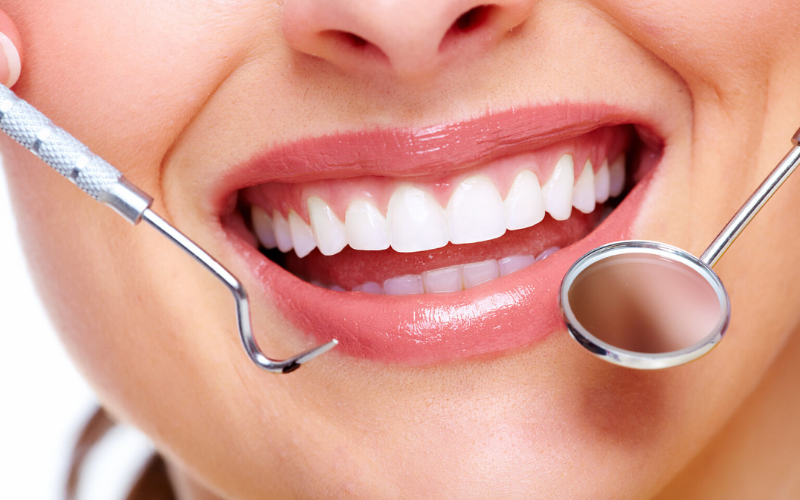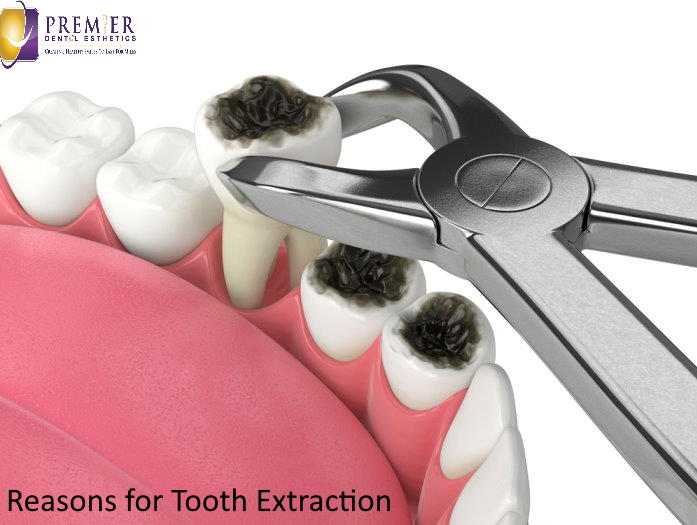
Although having a tooth extracted may not be enjoyable, taking the right care of yourself afterward can surely improve your recuperation. Taking good care of your mouth after tooth extraction guarantees quick recovery and avoids unpleasant side effects like infections or dry socket, regardless of whether the issue was caused by decay, injury, or issues with your wisdom teeth. Let’s discuss what to do—and not do—following your extraction session.
Don’t Let Recovery Bite Back: Simple Tooth Extraction Aftercare
On The First Day
The formation of a clot, which shields the area and initiates healing, depends on the first few hours following a tooth extraction. Take the following actions:
- To halt the bleeding, gently bite on the gauze that the dentist has put.
- Spitting or forcefully washing can cause the clot to come loose.
- To lessen swelling, apply an ice pack to the outside of your cheek every 15 minutes.
- Get some rest. Steer clear of exercise to stop bleeding and increased blood flow.
Foods To Consume and Avoid
The speed (and comfort) of your recovery is hugely affected by your food. Go for,
- Smoothies, mashed potatoes, yogurt, and scrambled eggs are examples of soft foods.
- Items should be cool or room temperature because heated meals can aggravate the spot.
- Drink plenty of water, but avoid using a straw since it may cause the clot to come loose.
Skip:
- Chewy, peppery, or crunchy meals.
- Alcohol and tobacco use, which raises the risk of infection and hinders healing.
The Danger You Can Prevent
The American Dental Association estimates that between 2 and 5% of tooth extraction result in dry socket, although the risk increases dramatically if aftercare guidelines are not followed. Therefore, it’s imperative that you pay attention to our dentist’s advice and take good care of your healing site.
Maintain It Clean—But Delicately
- Avoid brushing the extraction site for the first 24 hours.
- After the first day, rinse your mouth gently with warm salt water (½ tsp salt in 8 oz water) 2–3 times a day.
- Continue brushing and flossing other teeth, avoiding the surgical area.
So, continue practicing good oral hygiene, but with caution.
Warning Signs You Shouldn’t Ignore
Sometimes, complications arise despite your best efforts. Know when to call our dentist.
Contact a dentist if you notice:
- Persistent or severe pain after 2–3 days.
- Excessive bleeding.
- Swelling that worsens after 48 hours.
- Bad taste or foul odor in your mouth.
- Fever or chills.
Healing Timeline: What To Expect
- Day 1–2: Clot formation and initial swelling.
- Days 3–5: Swelling decreases, and tissue starts to rebuild.
- One week: Most discomfort fades; dentists may remove stitches if needed.
- Two weeks: Soft tissue heals significantly.
- Several months: Bone under the gum gradually fills in the socket.
Everyone heals at a slightly different pace, depending on age, health, and the complexity of the extraction.
Patience Pays Off
Taking care of your mouth after tooth extraction isn’t just about avoiding pain—it’s about promoting strong, healthy healing. From sticking to soft foods and avoiding straws to keeping the site clean and knowing when to call dentist, your efforts will pay off in comfort and recovery speed.
Follow our dentist’s instructions closely, take it easy for a few days, and let your body do its job. A little care now leads to a healthier smile down the road.


